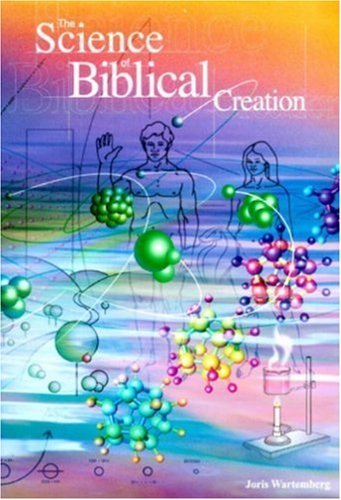 Article extracted form myjoyonline which was published on 11 April 2011.
Article extracted form myjoyonline which was published on 11 April 2011.
the use of flash lights has been a major concern for all across the globe.
World celebrities targeted by the Press have an abiding hatred for the flash bulbs media photographers aim at them. The flashlights give the celebrities red eyes and other discomforting ailments. In the British museum, flashlight photography is not allowed apparently because the flashlights have a bad effect on those priceless works of art. In short, flashlights are acquiring a bad name and even Television news watchers are warned in advance when a program segment contains flash lighting.
Bad they may be for our health, but cameras may never have been equipped with flashlights were it not for Einstein's Nobel prize-winning theory of the photoelectric effect.
Scientists had noticed that when a photograph was taken, the Electron was ejected from its atom and the plate surface. Indeed, it was the ejection of the Electron that effectively permitted the photograph to be taken. Now, scientists were totally perplexed as to how the Electron ejected and could find no means to explain why or how it happened. Einstein The famous scientist explained that the light entering the camera was a particle (like a stone) which went to dislodge the Electron. So, no light, no Electron ejection. Einstein called this light particle a 'photon' and further theorized that the light entering the camera must contain a minimum amount of Energy (he called it Work Function) otherwise the Electron would not eject and no photograph would be taken. That's what we call underexposure when the film negative comes out blank with nothing on it.
Consequently when normal Sunlight (which contains sufficient Work Function Energy to eject the Electron and allow photographs to be taken) is absent and lighting conditions inadequate for photography, the flashlight is the answer. Because the flashlight is designed to contain the right Frequency and Energy, in accordance with Einstein's theory, to eject the Electron and get a picture taken.
Joris Wartemberg, in his book “The Science of Biblical Creation” says that Einstein is totally wrong.
It is not the Light reflected off the photographic subject and entering the camera which goes to eject the Electron and gets the photograph taken. It is rather the Heat contained in the Light which performs this task in accordance with normal Orbital mechanics principles detailed in the book.
To prove Einstein wrong, Joris Wartemberg conducted a simple experiment (copy attached) in which he blocked the flashlight from reflecting off the photographic subject and entering the camera. And without any flashlight entering the camera, a perfectly good photograph (although blurred) was taken with the Heat from the blocked flashlight prevalent around the camera. In effect, no light had entered the camera but the Electron had still ejected nevertheless, contrary to Einstein's theory that it is Light which enters and goes to remove the Electron.
The implications of this finding are far-reaching for science and technology. At the very least, cameras will no longer need to use flashlights but can rely on a Heat source of appropriate magnitude. And for those unsure about this development, please note that pure Heat without Light is widely used to eject Electrons (called Thermionic emission and best known as the mechanism which makes your Television work) in many applications. So we already know that as long as sufficient Heat is applied to the camera, the Electron will be ejected and a photograph taken.
Great work. Keep it up
thank you